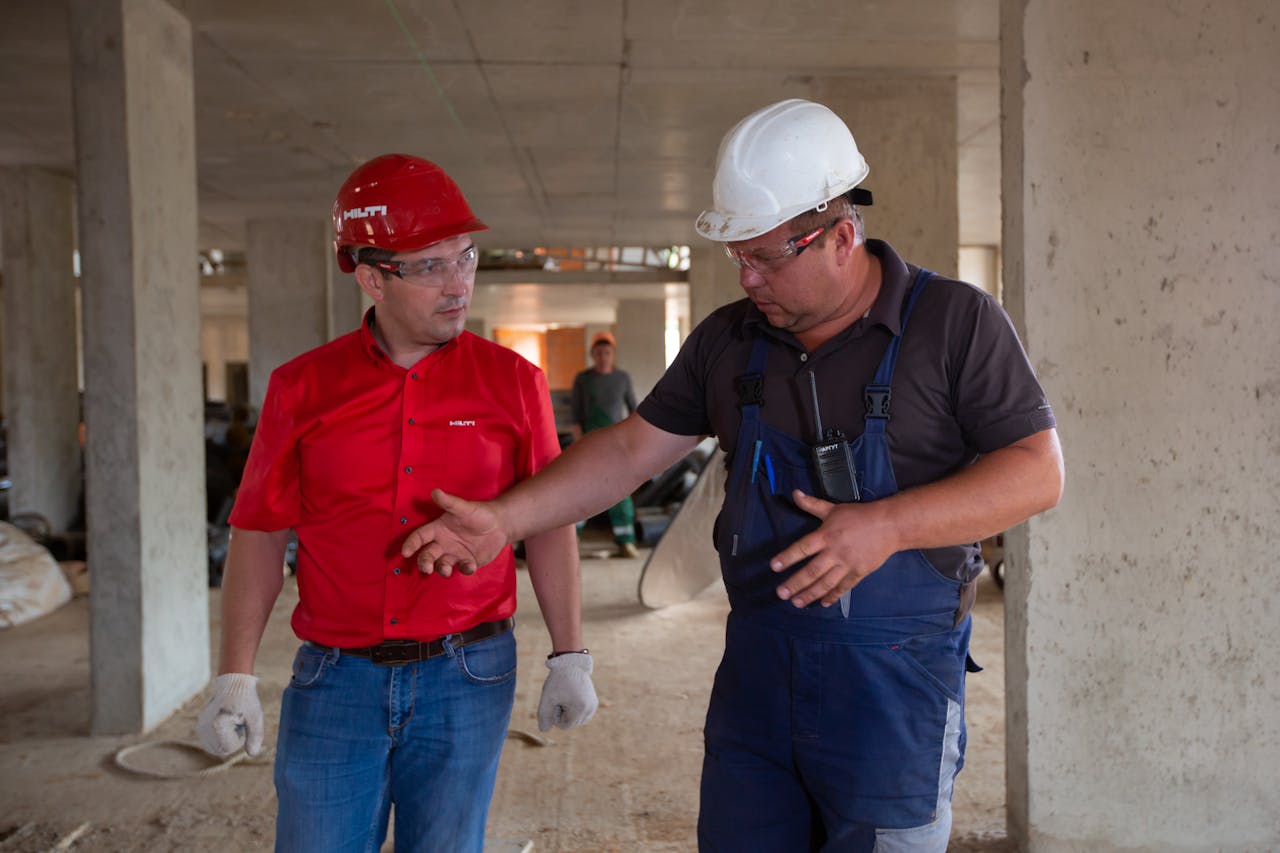In today’s world, sustainability is not just a trend but a crucial aspect of responsible living. As environmental concerns continue growing, more homeowners recognize the importance of making their homes eco-friendly. Sustainable home upgrades contribute to ecological preservation and offer significant cost savings and improved health benefits. However, the financial burden of these upgrades can be daunting. This is where renovation loans come into play, providing a viable solution for financing eco-friendly home improvements.
Understanding Sustainable Home Upgrades
Sustainable home upgrades refer to modifications or additions to a home that reduce its environmental impact. These upgrades enhance energy efficiency, conserve water, reduce waste, and create a healthier living environment. The benefits of sustainable upgrades are manifold:
- Environmental Impact: Sustainable upgrades help decrease a home’s carbon footprint by reducing energy consumption and utilizing renewable resources.
- Cost Savings: Over time, eco-friendly improvements can lead to substantial savings on utility bills due to reduced energy and water consumption.
- Health Benefits: Improved indoor air quality and non-toxic materials create a healthier living environment.
Popular sustainable home upgrades include installing energy-efficient windows, solar panels, enhanced insulation, and water-saving fixtures. These upgrades make homes more sustainable and increase their overall value.
The Role of Renovation Loans in Sustainable Upgrades
Renovation loans are financial products designed to help homeowners fund home improvement projects. They can be particularly beneficial for investing in sustainable home upgrades. There are several types of renovation loans available:
- FHA 203(k) Loans: These loans, backed by the Federal Housing Administration, allow homeowners to finance the purchase and rehabilitation of a property.
- Fannie Mae HomeStyle Loans: These loans provide flexible financing options for home improvements, including sustainable upgrades.
- Personal Loans: Unsecured personal loans can be used for home improvements without collateral.
- Home Equity Loans: These loans use the equity in your home as collateral, often offering lower interest rates than unsecured loans.
Using renovation loans for sustainable home improvements offers several advantages. They provide immediate access to funds, allowing homeowners to start their projects without saving up the entire amount. Additionally, the interest on these loans may be tax-deductible, providing further financial benefits.
Steps to Take Before Applying for a Renovation Loan
Before applying for a renovation loan, it is essential to take several preparatory steps:
- Assess Your Home’s Needs: Conduct a thorough assessment to determine which sustainable upgrades will be most beneficial for your home.
- Research Loan Options: Explore the different types of renovation loans to find the one that best suits your needs.
- Create a Budget: Establish a detailed budget and obtain contractors’ estimates to ensure you clearly understand the costs involved.
- Check Your Credit Score: A good credit score is crucial for loan approval. Review your credit report and take steps to improve your score if necessary.
Applying for a Renovation Loan
The application process for a renovation loan involves several key steps:
- Gather Necessary Documents: Typically, you will need to provide proof of income, tax returns, bank statements, and a detailed plan of the renovation project.
- Submit Your Application: Fill out the loan application form, providing all required information accurately.
- Loan Approval Tips: To improve your chances of approval, ensure your credit score is in good shape, provide detailed renovation plans, and work with reputable contractors.
Maximizing the Benefits of Your Renovation Loan
To maximize the benefits of your renovation loan, consider the following:
- Prioritize Upgrades: First, focus on the most impactful and cost-effective upgrades. These include energy-efficient windows, solar panels, or improved insulation.
- Work with Reputable Contractors: Choose contractors with experience with sustainable projects to ensure quality and eco-friendly workmanship.
- Monitor Performance: Regularly evaluate the performance of your upgrades to ensure they are delivering the expected benefits. This might involve tracking energy and water usage or checking the efficiency of solar panels.
Case Studies and Real-Life Examples
Real-life examples can illustrate the tangible benefits of using renovation loans for sustainable upgrades. For instance, a family in California used an FHA 203(k) loan to finance the installation of solar panels and energy-efficient windows. As a result, they saw a 30% reduction in their energy bills and improved indoor air quality. Similarly, a homeowner in New York used a HomeStyle loan to upgrade their insulation and install water-saving fixtures, leading to significant cost savings and a reduced environmental footprint.
To Wrap it Up
Sustainable home upgrades offer numerous benefits, from environmental preservation to cost savings and improved health. Renovation loans provide a practical means of financing these upgrades, making it easier for homeowners to invest in eco-friendly improvements. By understanding the options available and taking the necessary preparatory steps, homeowners can successfully apply for renovation loans and maximize their benefits.
Sustainable home upgrades, supported by renovation loans, represent an intelligent investment in the planet and personal well-being. Whether in Singapore or elsewhere, combining sustainable upgrades and renovation loans can lead to a more environmentally friendly and cost-effective home.


